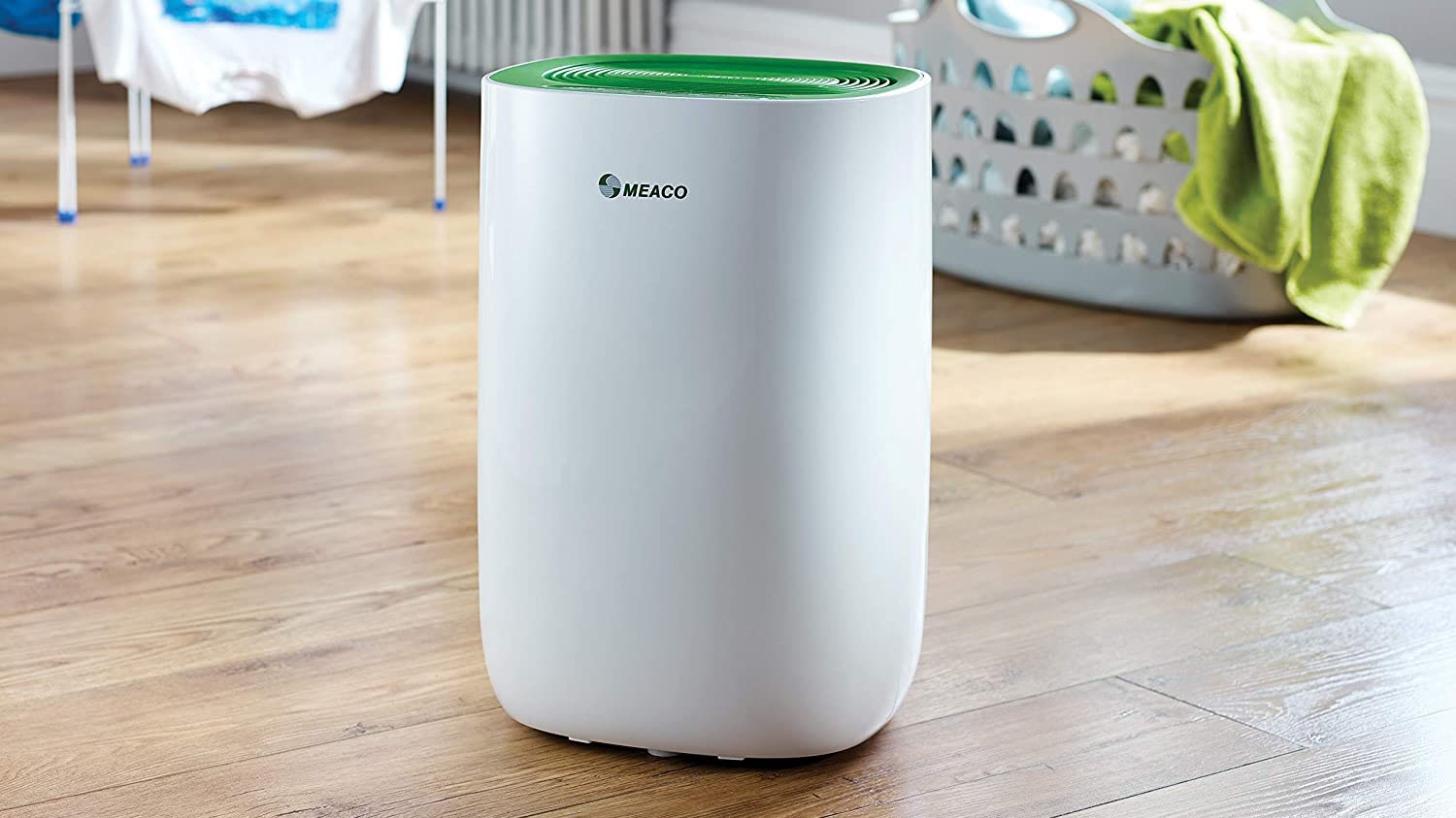
Dehumidifiers can be a brilliant way of reducing damp and condensation, not just in your home, but in other locations that are prone to getting moist. The best dehumidifiers are portable and, just as long as there’s a power socket, can work just about anywhere.
That’s a big bonus if, say, you’ve got a home office in the garden shed, or a man cave fabricated in the garage. But a dehumidifier can also be a real boon if you’re stuck with the modest confines of a one bedroom flat. Depending on the dehumidifier model you buy one of these machines will certainly help to dry out the air with nothing more than the flick of a switch and a little time.
Before you head off to our guide to the best dehumidifiers here's what you need to know about these boring but potentially invaluable devices.
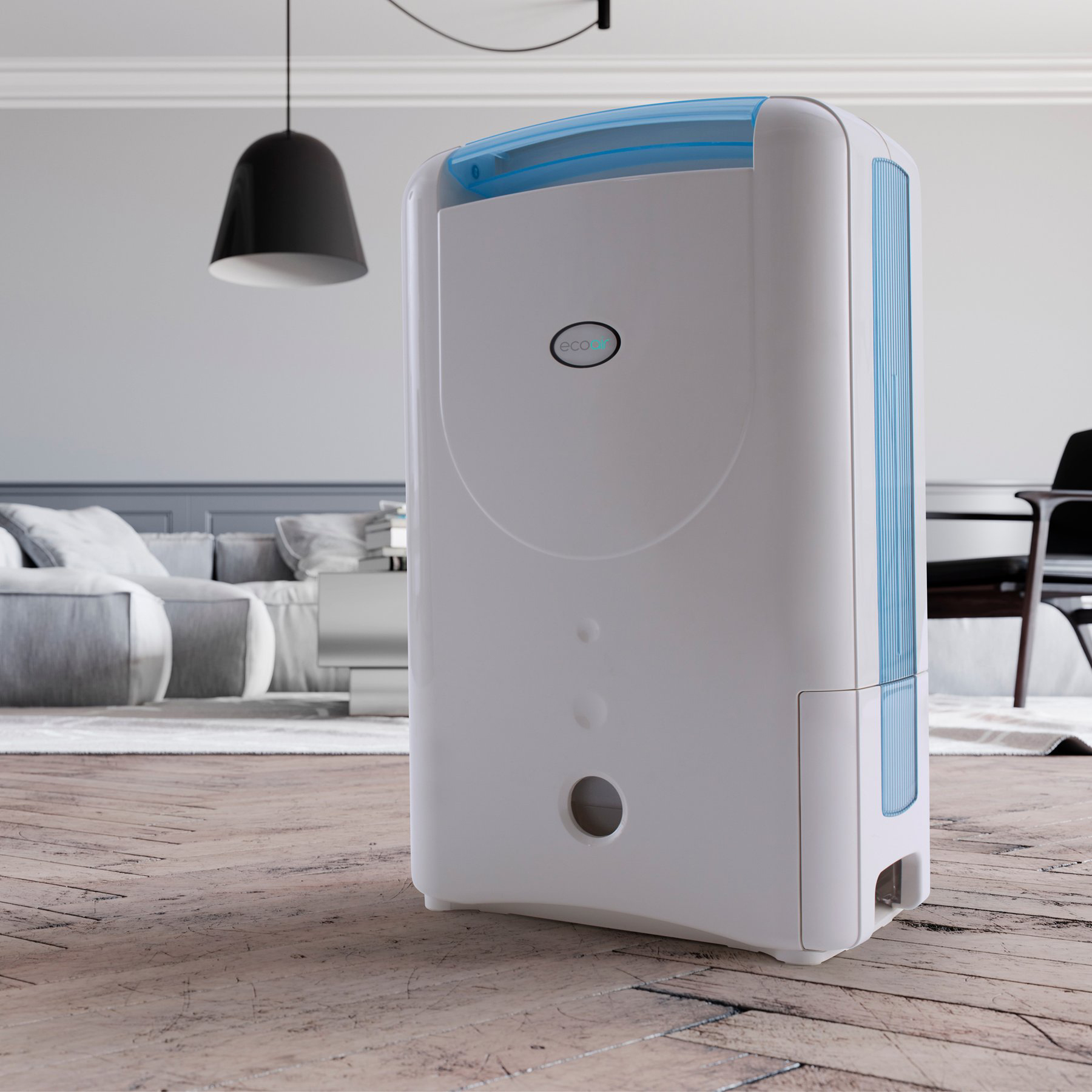
What types of dehumidifier are there?
The good news is that while there are a lot of dehumidifiers on the market there aren’t too many types. Generally speaking dehumidifiers are either refrigerant/compressor or desiccant, with a few subtle variations on the theme depending on the model.
The former type has, unsurprisingly, a compressor inside while desiccant models don't have a compressor but do have a desiccant material inside, which is not dissimilar to those small packets of silica gel you sometimes get with new products. Both options do the same job, by pulling in damp air and extracting the moisture and collecting it into a tank. A desiccant dehumidifier can typically remove between 6 and 12 litres per day, which is suitable for smaller properties such as flats with a bit of a damp problem.
Refrigerant models pull in warm moist air and pull it over a cold surface, creating condensation that is collected in a tank, which means they often work more effectively due to the higher temperature air meeting the cold surface, thereby producing more condensation for extraction. There are quite a few variables at play when selecting a dehumidifier, so it's a good idea to consider the average temperature of your home and compare manufacturer stats while keeping that in mind.
A medium specification dehumidifier that can remove up to 16 litres a day is ideal if you’ve got a larger property or tend to generate quite a lot of moisture from washing and drying laundry, cooking and showering. For bigger issues you’ll need a machine that can handle 20 litres and up.
Sign up to the T3 newsletter for smarter living straight to your inbox
Get all the latest news, reviews, deals and buying guides on gorgeous tech, home and active products from the T3 experts
Refrigerant models are often seen as being ideally suited to the UK and can therefore be more energy efficient because of the surroundings they're used in. You’ll also find more model options to choose from. If you’re looking at operating the dehumidifier at cooler temperatures then a desiccant model can make a good choice, especially if you’re planning on using it in room temperature conditions of say 21-degrees or lower.
Compressor models are well suited to room temperature operation, but the desiccant models can make a good choice for unheated rooms, such as conservatories that have been added on to your property, or the garage, as two examples.
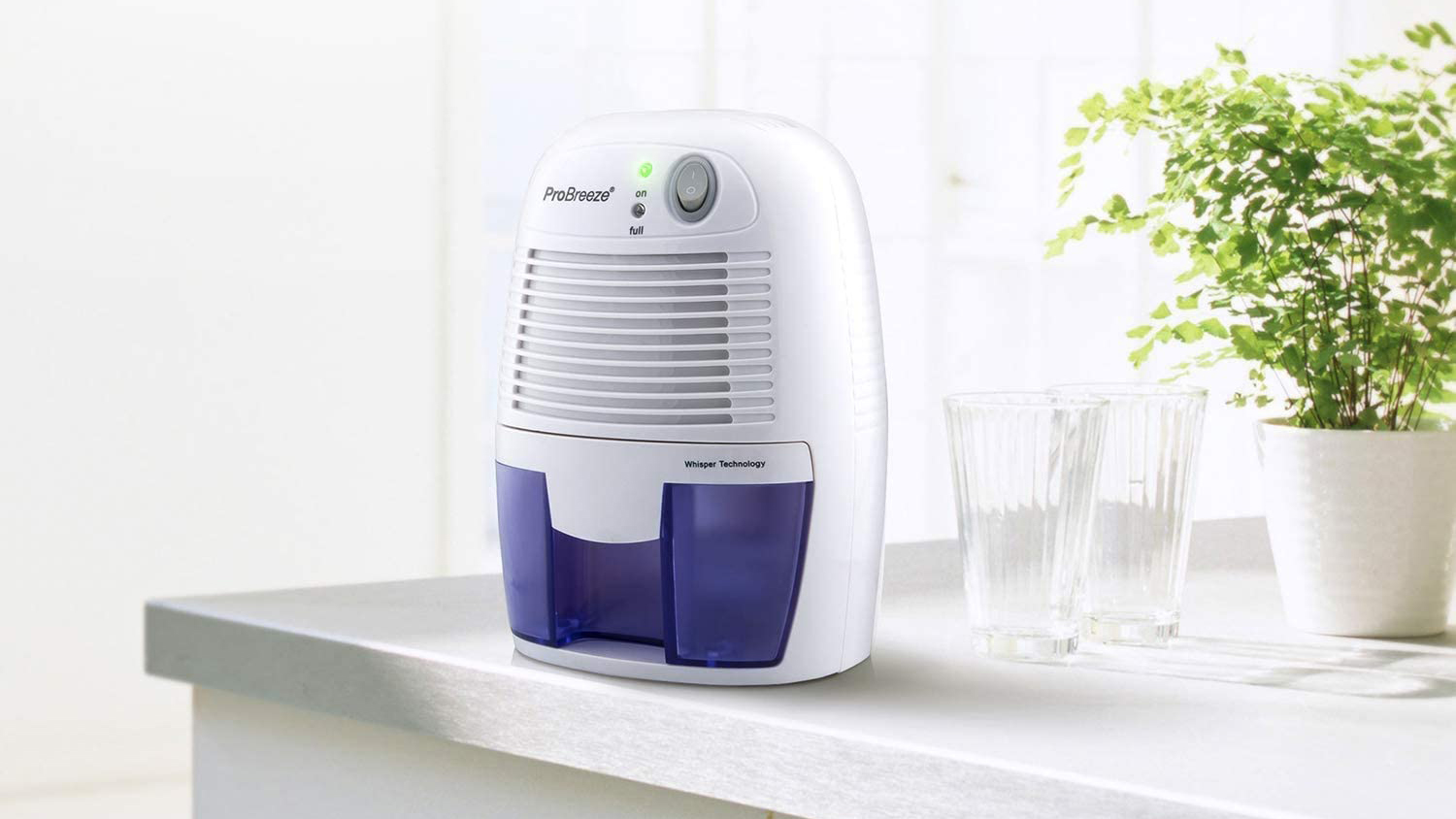
What do you need to spend on a dehumidifier?
Deciding what to spend on a dehumidifier largely depends on what sort of damp you’re trying to deal with. While no machine can get rid of damp, condensation and mould problems if they’re more deeply seated issues within your home, all models can help to reduce moist air levels. If you’re looking for a machine to simply take the edge of the damp or fustiness in some, or all, of your rooms then modest models can be purchased for less than £100.
However, if you need something with a little more power and the ability to collect more moisture in less time then you’ll want to budget for a more capable machine. These can certainly cost more than £100, but will come with better performance and usually pack in a few more features and functions too. While most dehumidifiers work on the same basic principle, the way they get the job done will obviously be a little more involved as you head up the price list.
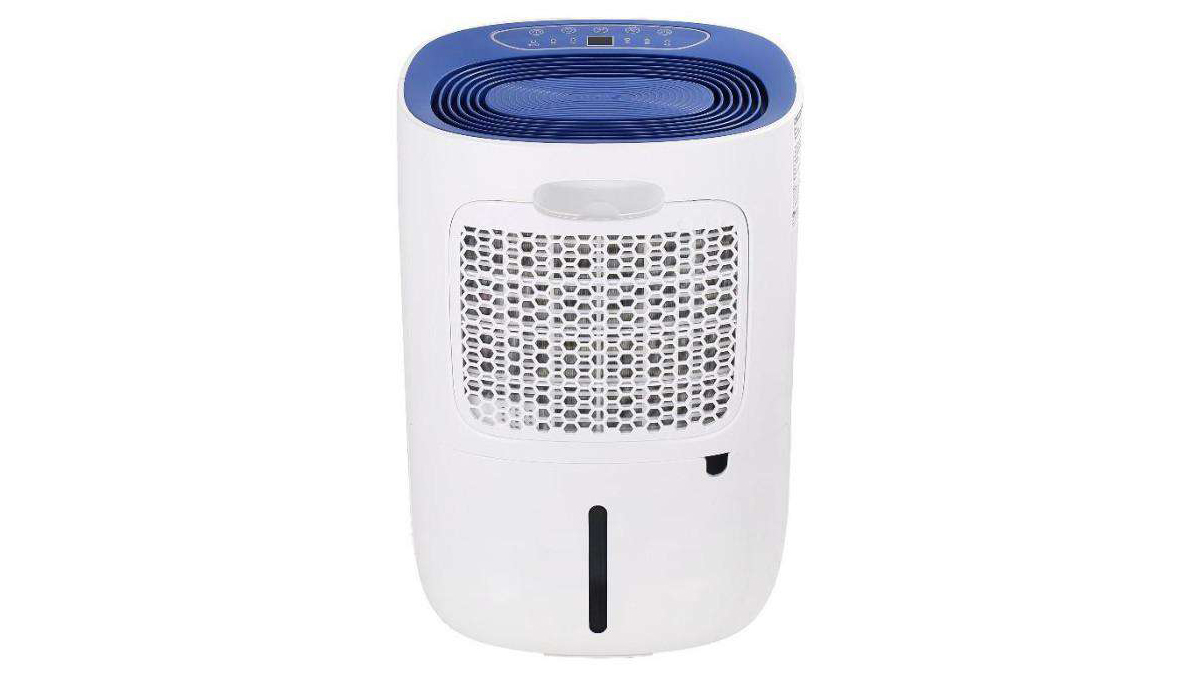
Which features do you really need on a dehumidifier?
The main purpose of a decent dehumidifier is to remove moisture from the air. Therefore, you’ll want to get a machine that is suited to the size of your home, so look out for the power rating and how many litres of moisture the unit is able to remove over a certain period of time. This is the extraction rate, and is central to what sort of job your dehumidifier will do.
This extraction rate will often form part of the ‘headline features’ aspect of buying a dehumidifier. However, bear in mind that a manufacturer rating might be a best case figure that has been produced when machines have been used in a more favourable setting. If a dehumidifier is supposed to remove 15 litres of moisture a day it will likely be slightly less in a real world scenario.
Most models will come with a humidistat, which allows the unit to keep tabs on moisture levels and tweak the operating performance to suit. Budget models will generally lack the versatility of pricier dehumidifiers and the same goes for having a timer. A machine with a built-in timer can be useful if you want to operate the appliance at times when your energy costs less.
Another aspect of owning a dehumidifier that adds value is a function for drying clothes, or a dedicated laundry setting. While all dehumidifiers will remove moisture from damp clothes over time, some models have a specific laundry drying option as part of the feature set. This can be really helpful, especially if you live in a smaller property.
On a practical note, lookout for a model with wheels especially if it’s a larger unit that needs to be placed on the floor. Having the convenience of being able to wheel your dehumidifier from room to room as and when it's needed can be a real godsend. Smaller, portable models might allow you to place them on countertops, shelves or window sills, depending on cable reach. A way of stowing the power cable when it's not in use is another useful feature to look out for when picking a dehumidifier.

Are dehumidifiers low maintenance?
Most dehumidifiers are, generally speaking, low-maintenance affairs with little to do in the way of setup. There might be some options for setting temperature controls, the rate of dehumidifying that’s going to take place and one or two other options, such as a fan setting. However, aside from that dehumidifiers are fairly modest boxes that sit there and simply get on with the job.
The main thing that any dehumidifier needs though is its tank emptied. This contains all of the water that has been sucked from the air in your room, and is generally collected in a tank or container within the machine. Some models allow you to connect a pipe and run that off to a sink or drain outlet, meaning you don't even have to empty a tank. The downside is that this can look a little unsightly, despite providing the obvious convenience of not having to empty a tank.
Most machines will let you know when the water tank needs emptying, either with an audible alert, a visual indicator or both. More usefully, the same machines will probably have an automatic shut-off that switches off the dehumidifier to prevent the water tank overflowing. It’s a handy failsafe when you're trying to remove moisture from your rooms, as opposed to adding it in the shape of puddles on the floor.
You may also find that filters and fan inlets/outlets need occasional maintenance too, which should be detailed in your user manual. Much like any other appliance that pulls air in or blows it out the other side, openings and filters can get filled with dust and debris over time. This may involve a simple dust down, a clean out with a vacuum or the washing or replacement of a filter. The main thing is to check the operating instructions to ensure you do it correctly and safely.
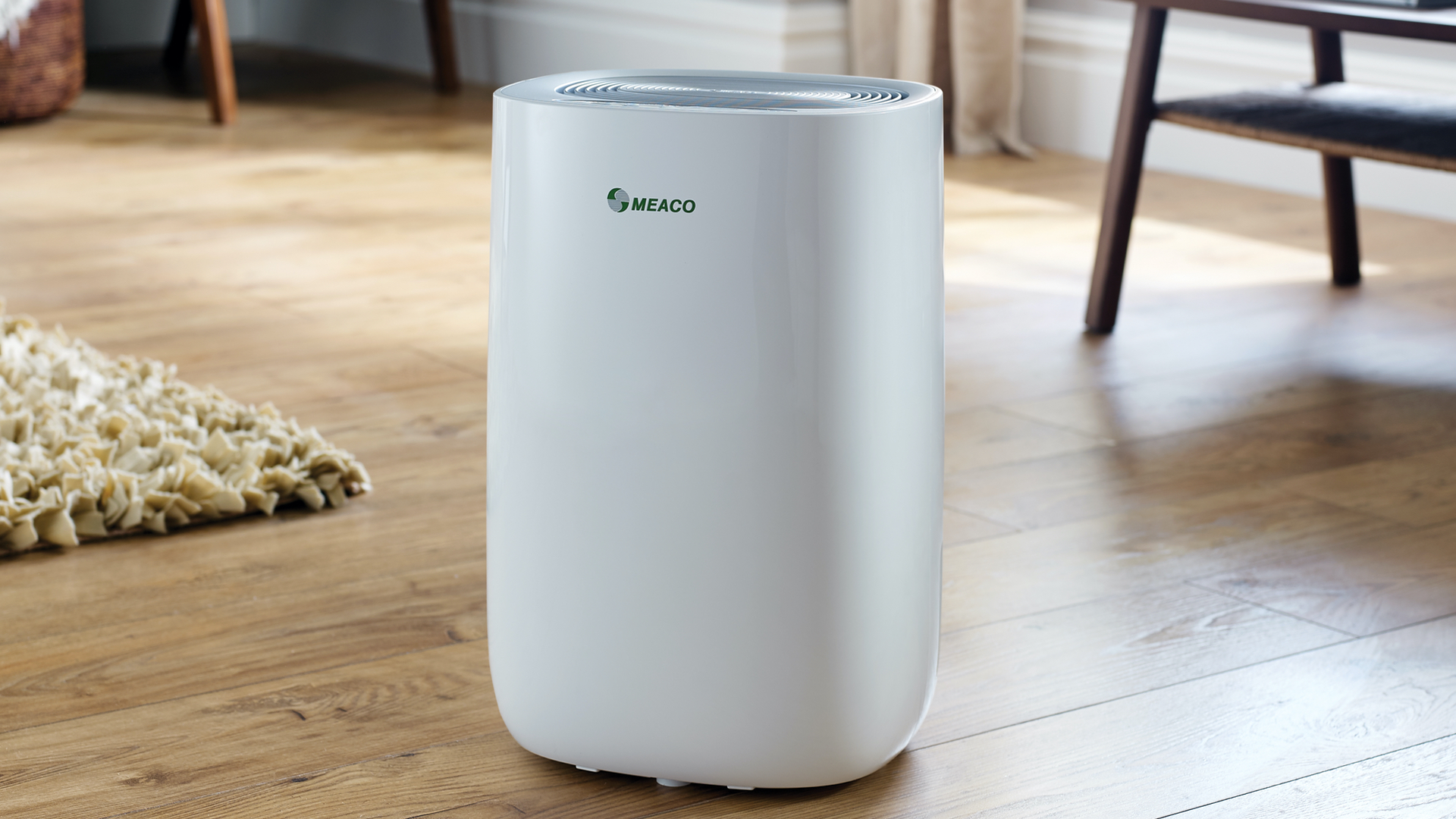
Which dehumidifier should I buy?
With plenty of the best dehumidifiers on the market to choose from there are one or two key points to consider before you make that purchase. First up is its ability to remove damp from a room, or rooms, but thinking about price and the amount you’ll be using it can also make purchasing one easier.
There are plenty of quality brands to lookout for, such as leading British brand Meaco, which has a raft of models to suit all scenarios. However, there’s also Dimplex, DeLonghi, Ecoair, Ebac, Electriq, Honeywell, Swan, Vax and many more brands to pick over, which is why we’ve compiled a guide to the best dehumidifiers. This is also the best way to quickly compare and contrast specifications and price tags.
Another issue worth bearing in mind, especially if you’re planning on keeping your dehumidifier running at night, is just how much noise the appliance will make. If you’ve got a compressor model, or one with a fan or indeed pretty much any dehumidifier on the market then there will be a degree of operating noise.
How much this is depends on what setting it’s being used at and how it has been designed. Some models have quiet or night mode settings, which can help but dehumidifiers by their very nature can be a little noisy. It’s a problem that can ultimately be solved by not running one at night, although if you're aiming to use a dehumidifier during cheaper energy periods this might not be an option.
Rob Clymo has been a tech journalist for more years than he can actually remember, having started out in the wacky world of print magazines before discovering the power of the internet. Since he's been all-digital, he has run the Innovation channel for a few years at Microsoft, as well as turning out regular news, reviews, features and other content for the likes of Stuff, TechRadar, TechRadar Pro, Tom's Guide, Fit&Well, Gizmodo, Shortlist, Automotive Interiors World, Automotive Testing Technology International, Future of Transportation and Electric & Hybrid Vehicle Technology International. In the rare moments he's not working, he's usually out and about on one of the numerous e-bikes in his collection.
-
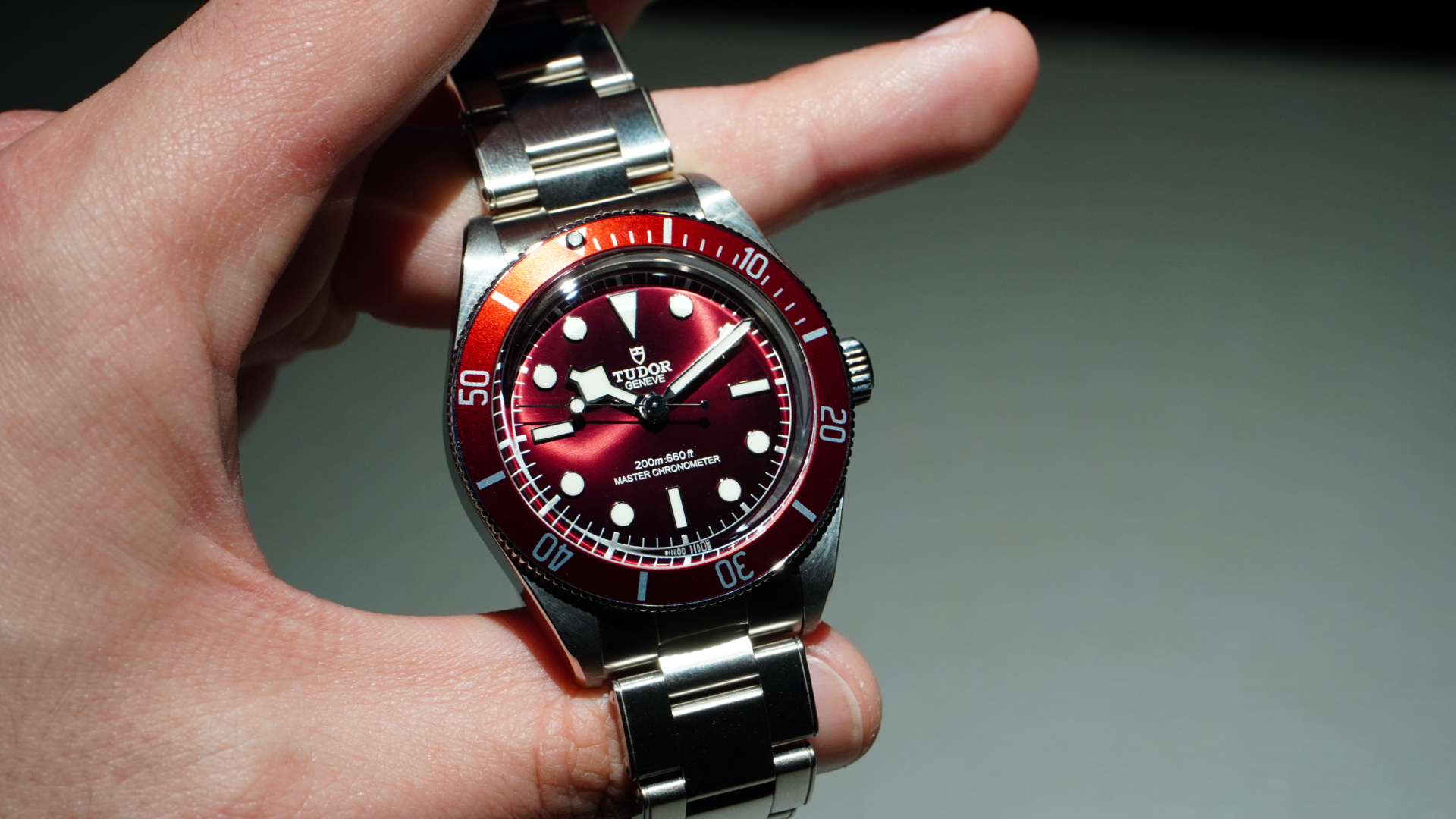 I tested every new Tudor at Watches and Wonders – my favourite caught me by surprise
I tested every new Tudor at Watches and Wonders – my favourite caught me by surpriseThe Rolex sister brand had a lot to offer
By Sam Cross Published
-
 Warning: Ciele’s refreshed Elite Collection may cause excessive garment envy on race day
Warning: Ciele’s refreshed Elite Collection may cause excessive garment envy on race dayFlex on your run crew with Ciele’s latest drop
By Matt Kollat Published
-
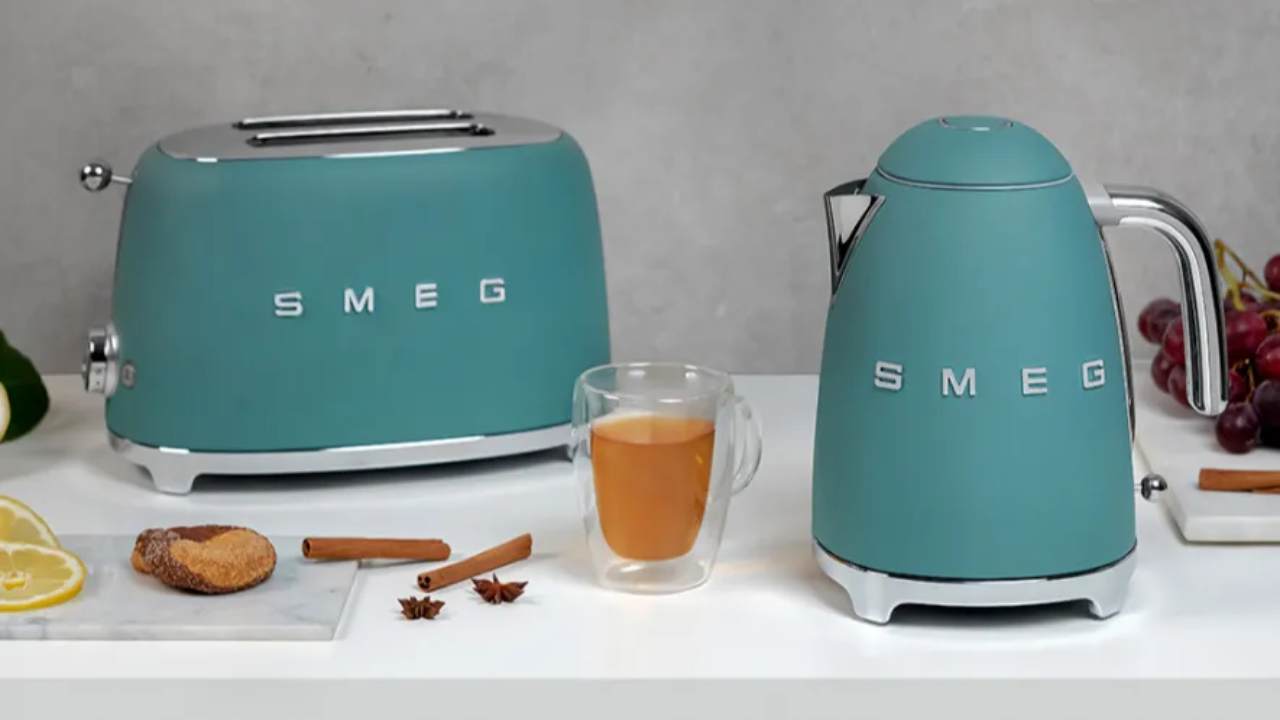 Forget Pantone – Smeg’s Colour of the Year kitchen appliances might be my favourite yet
Forget Pantone – Smeg’s Colour of the Year kitchen appliances might be my favourite yetSmeg reinvents its toaster, kettle and scales with a new jade green colourway
By Bethan Girdler-Maslen Published
-
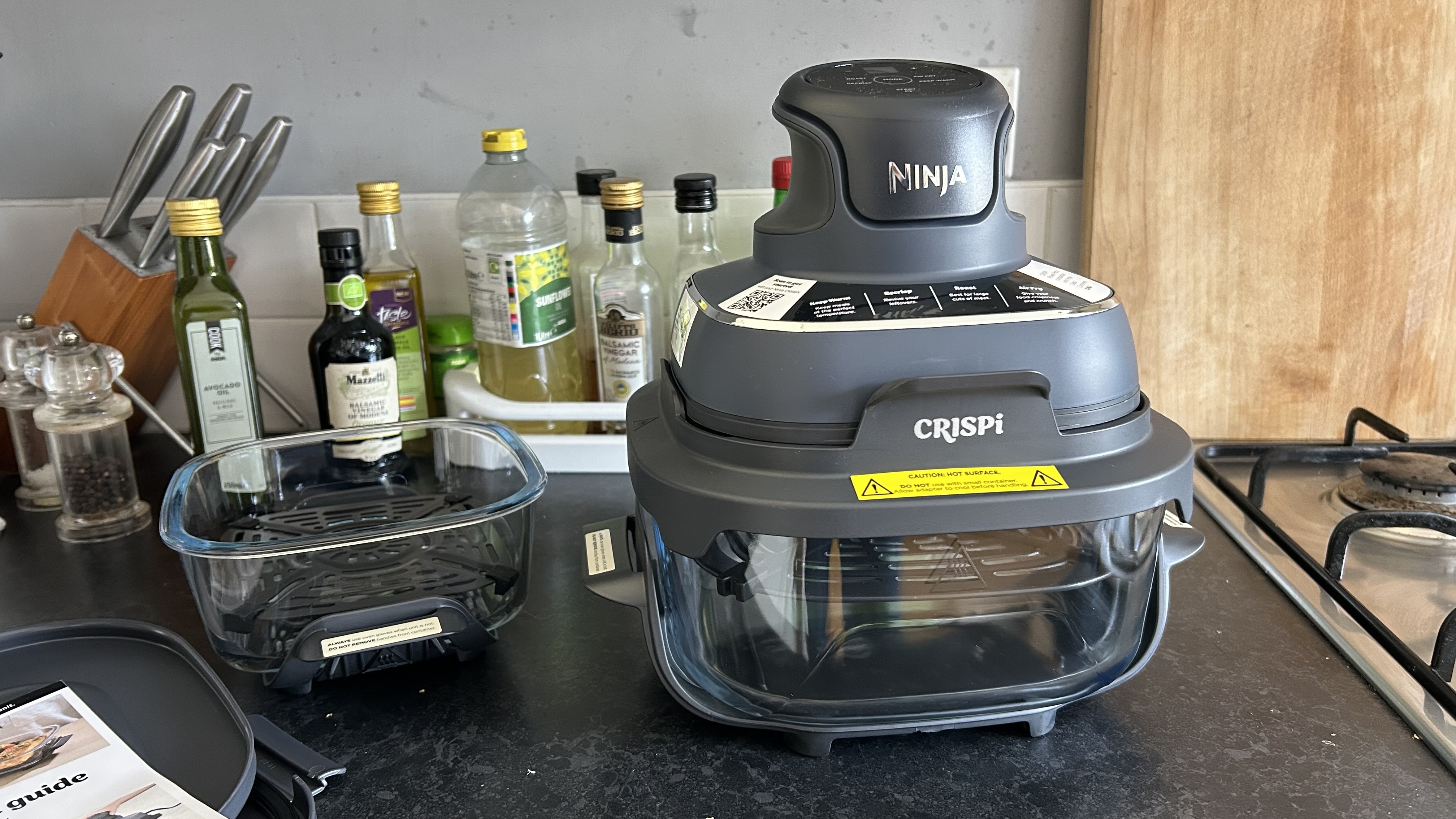 I couldn’t wait to review the Ninja Crispi portable air fryer and it doesn’t disappoint
I couldn’t wait to review the Ninja Crispi portable air fryer and it doesn’t disappointFour different cooking modes and the bonus of glass dishes makes the portable Ninja Crisp a real hit
By Rob Clymo Published
-
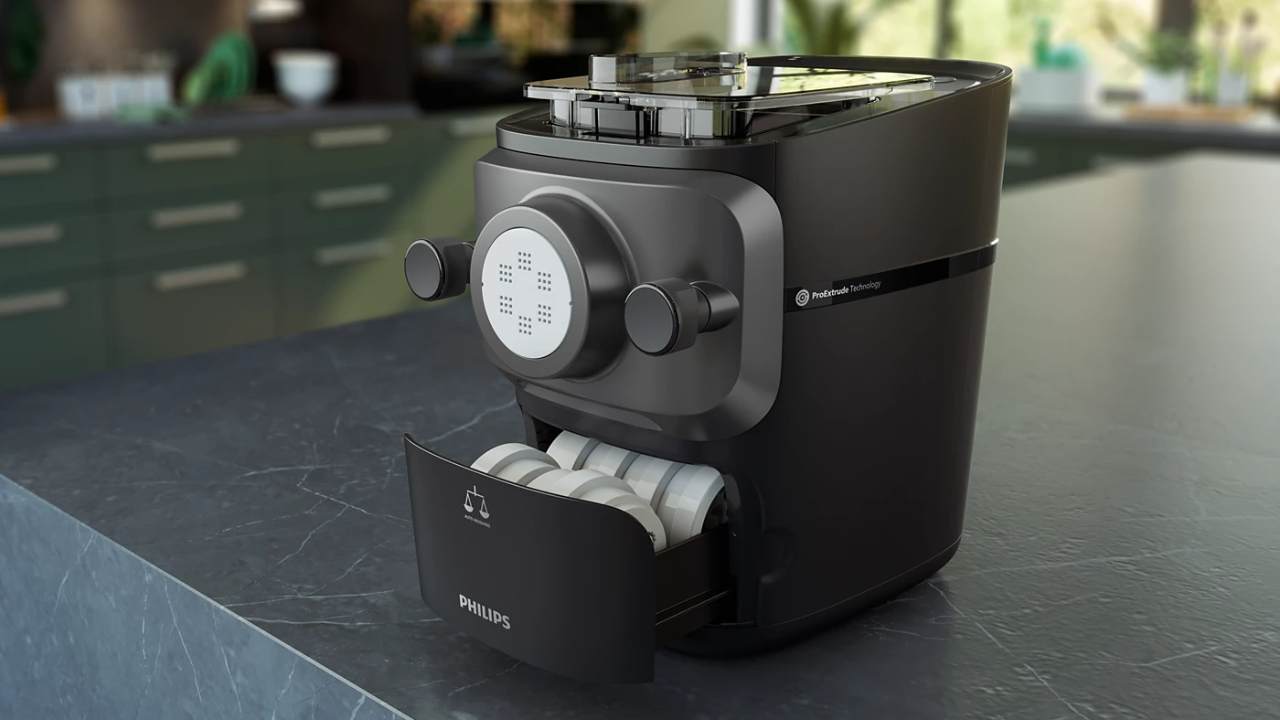 This Philips pasta maker weighs, kneads and rolls the dough for you – it’s a must for my kitchen
This Philips pasta maker weighs, kneads and rolls the dough for you – it’s a must for my kitchenThis might be the most advanced pasta maker I’ve ever seen
By Bethan Girdler-Maslen Published
-
 Vitesy Shelfy review: gives your fridge the feelgood factor
Vitesy Shelfy review: gives your fridge the feelgood factorThis smart home gadget can help optimise refrigerator performance, get rid of nasty niffs and make food last for longer
By Rob Clymo Published
-
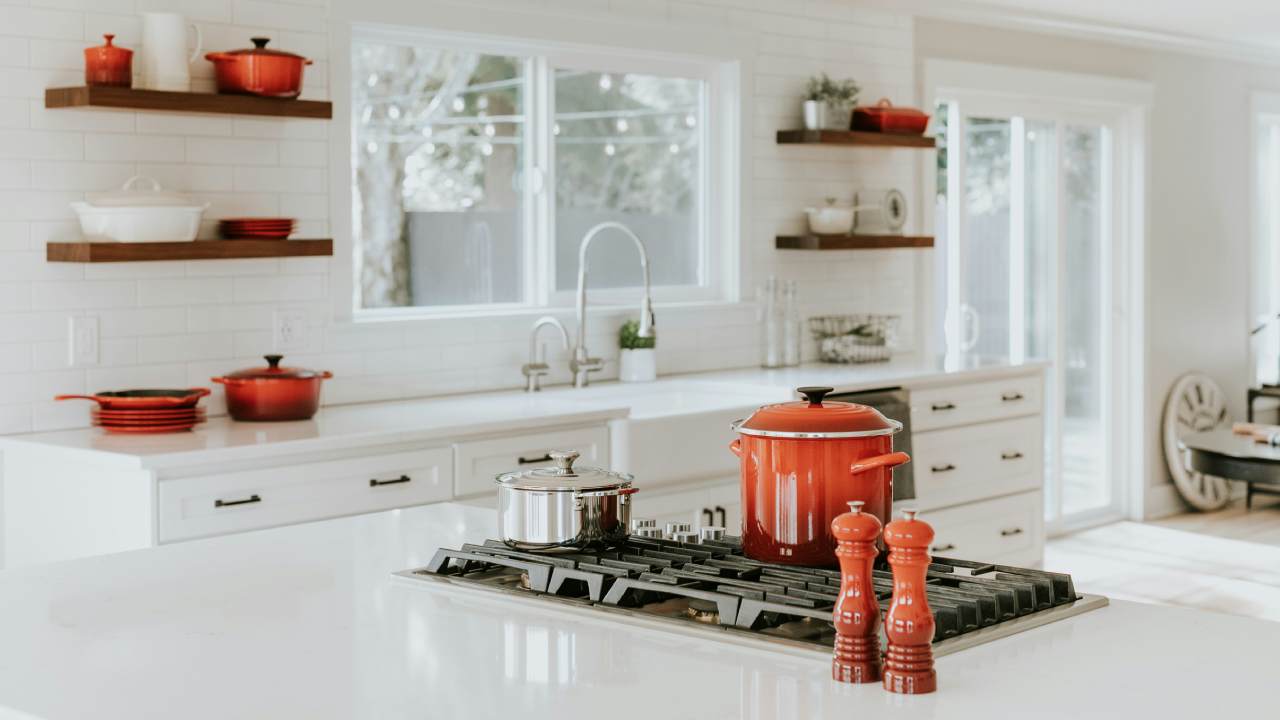 5 kitchen storage mistakes you need to stop making
5 kitchen storage mistakes you need to stop makingDoes it really matter where you keep your appliances? Turns out, yes…
By Bethan Girdler-Maslen Published
-
 I’m a kitchen expert – these are the 7 kitchen trends I expect to see in 2025
I’m a kitchen expert – these are the 7 kitchen trends I expect to see in 2025From shrinking air fryers to AI cameras, here are the kitchen trends I want to see next year
By Bethan Girdler-Maslen Published
-
 Samsung announces new AI home screens for its smart fridges and laundry appliances
Samsung announces new AI home screens for its smart fridges and laundry appliancesSamsung previews its CES launches, including new AI Home screens
By Bethan Girdler-Maslen Published
-
 Nutribullet Flip review: a powerful, portable blender for smoothies on the go
Nutribullet Flip review: a powerful, portable blender for smoothies on the goCan this portable, insulated blender live up to its promises of powerful smoothie blitzing on the go?
By Lee Bell Published
